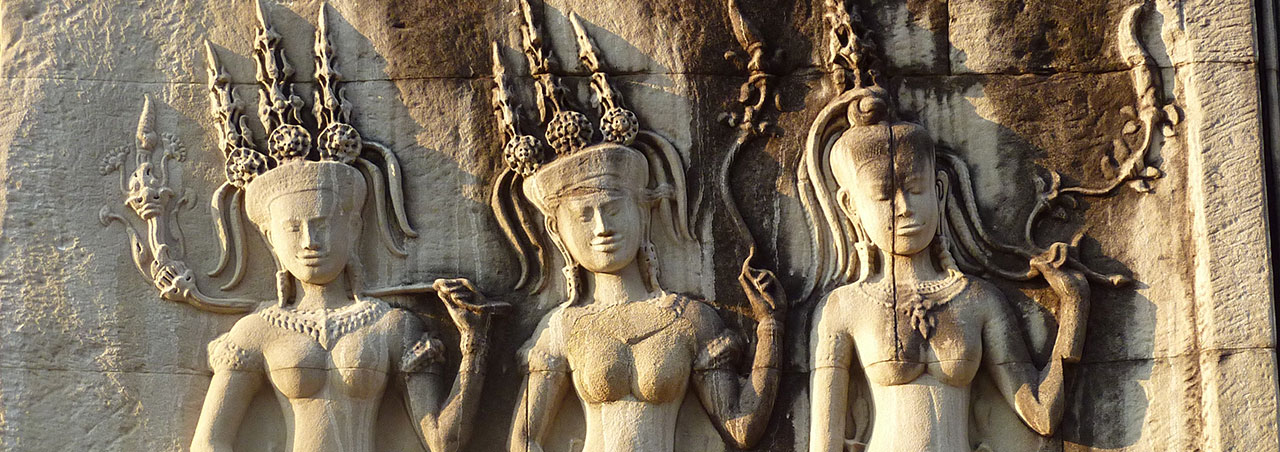It is said that trying to see the nature of mind without first training the mind in resting (or Shamatha) is like trying to see around an old dark room which is only lit by a candle which is flickering wildly in the wind.

How hard is it to see things, and even when we do, how can we be sure of what we see?
Mind resting naturally leads to clear seeing
When the mind is trained in resting naturally, whether on objects, or without objects, then we gain the ability to see clearly and deeply into what is, and what appears to be. So the basis for realising ‘how things are’ is the ability to rest the mind with stability. Mind Still.
Shamatha includes Vipassana
In practicing Shamatha, there is mostly placing of the mind, but there is also some analysis going on – a necessary work of checking up on our practice, noticing if there are any faults, and rectifying them with the appropriate remedies.
Vipassana includes Shamatha
In practicing Vipassana (the method of looking into the nature of the mind), there is most certainly analysis – the posing of questions as it were, for us to directly establish the answers via direct perception, but there is also placement too. Without the ability to remain at rest, our analysis would just decend into proliferation of thought, and we’d be lost in that thought and carried away by it.
So both Shamatha and Vipassana contain placement and analysis, just in differing amounts.
And without the ability to rest the mind, there would be no Shamatha and no Vipassana either.
So what does it take for us to cultivate the ability to rest the mind? And what does it take to support that ability?

